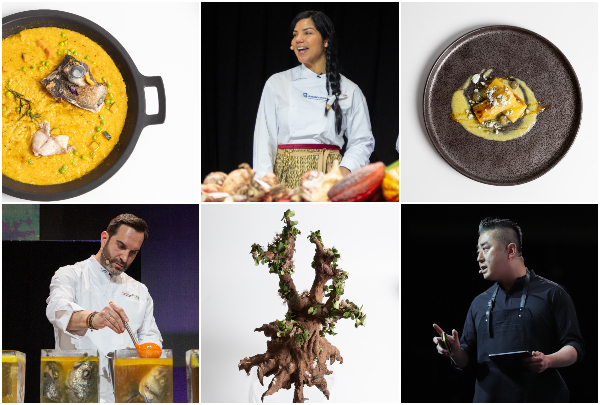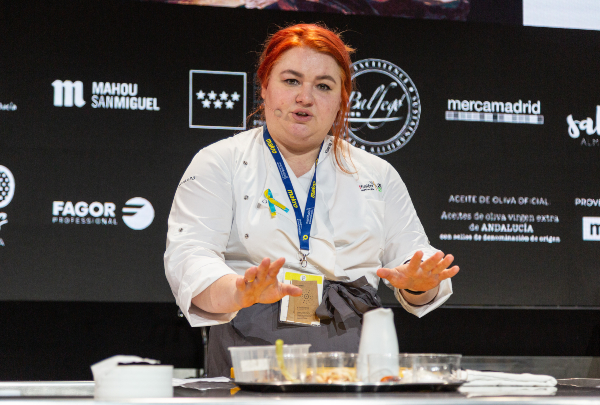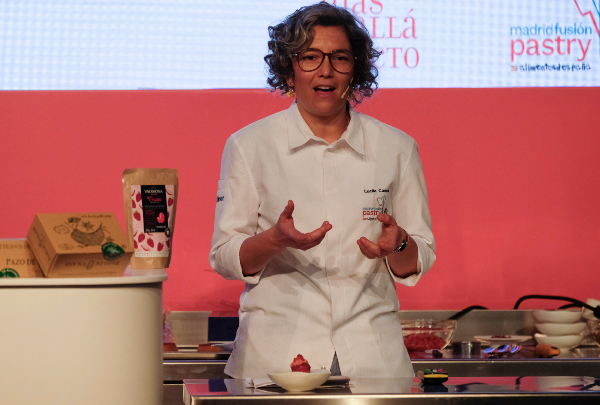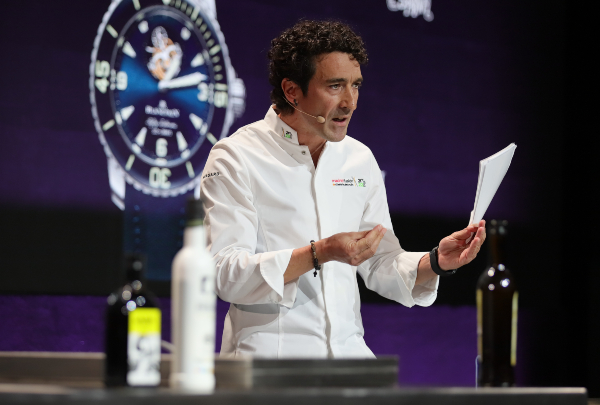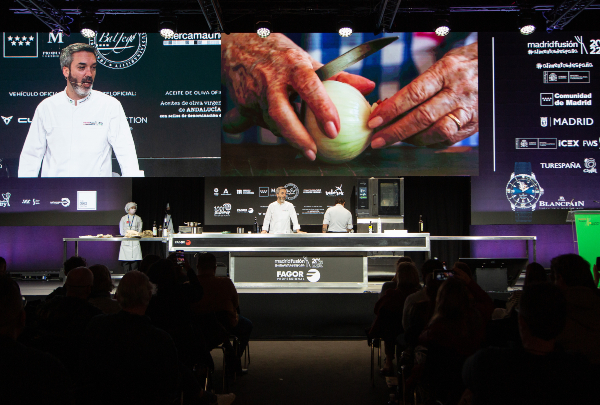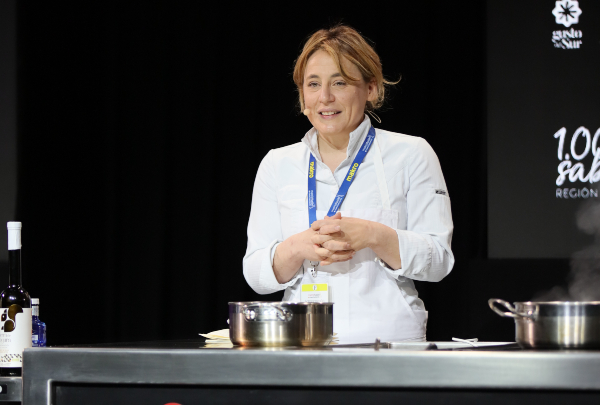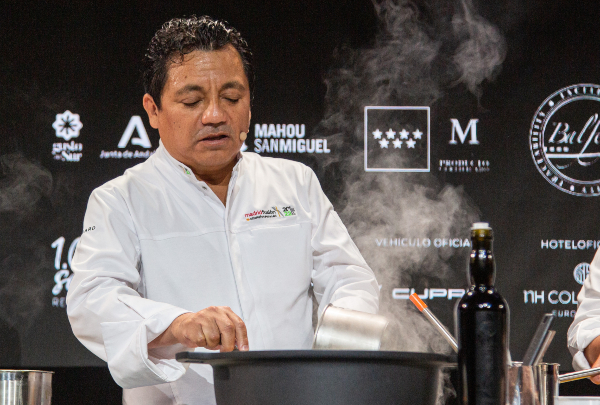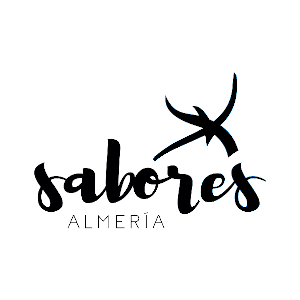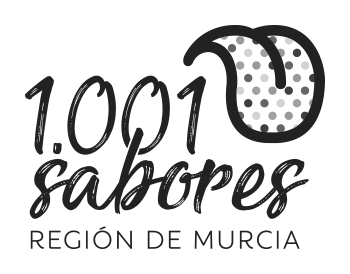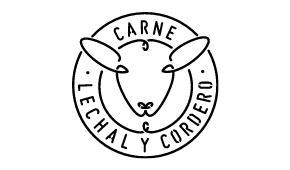News
Chef Tita's recovery of history
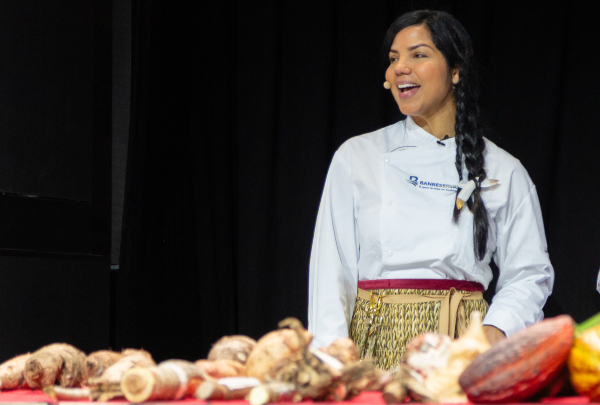
Inés Páez showcases a small piece of new cuisine in the Dominican Republic on stage at Madrid Fusión.
New cuisine in the Dominican Republic emerged just over a decade ago amid the determination to retrieve the culinary history of the Caribbean country, to add a touch of modernity to the products which the passage of time had abandoned to oblivion, or which had simply disappeared from the country's kitchens. The maximum exponent of this gastronomy movement is Inés Páez, Chef Tita, who filled the Madrid Fusión Alimentos de España auditorium with new products and smells.
A stand for a cuisine with ancestral roots, which Spanish and African influences have transformed into what it is today. “We have many things to teach the world", claimed this ambassador of the Dominican Republic, as the stage turned into a little piece of Morisoñando, her restaurant in the capital.
This recovery of traditions also includes the old techniques used by the Taina Arawaks to make "casabe", a circular, crunchy type of unleavened yucca flour bread. Chef Tita presents it with an emulsion of coriander, little oregano flowers and cress. This location in the Antilles is also home to "mamajuana", a beverage made from sticks of cinnamon, "timacle" and "Juan primero" (all available in Madrid, rum, wine and honey.
Páez used these dry sticks with "lambí" (a sea snail) and "aguají" fish to make an infusion to accompany the smoked flesh of this delicious mollusc. Chef Tita went travellking to present the delights of her country, its tubers and roots. There was the "mapuey", the "guáyiga", “which had been lost", and different types of "yautía" (white, purple and yellow). In the course of the demonstration, which was done in quite a hurry because the estimated time for the talk was running out, a tartar of four different types of avocado with a Dominican "sancocho" soup with seven different types of meat, "which they say is from the Canary Islands". And for dessert, chocolate with jagua fruit in the shape of a tree. “It symbolises the people who work hard in my country so that we can work in our kitchens", added Inés Páez, Chef Tita.

 600.jpg)
